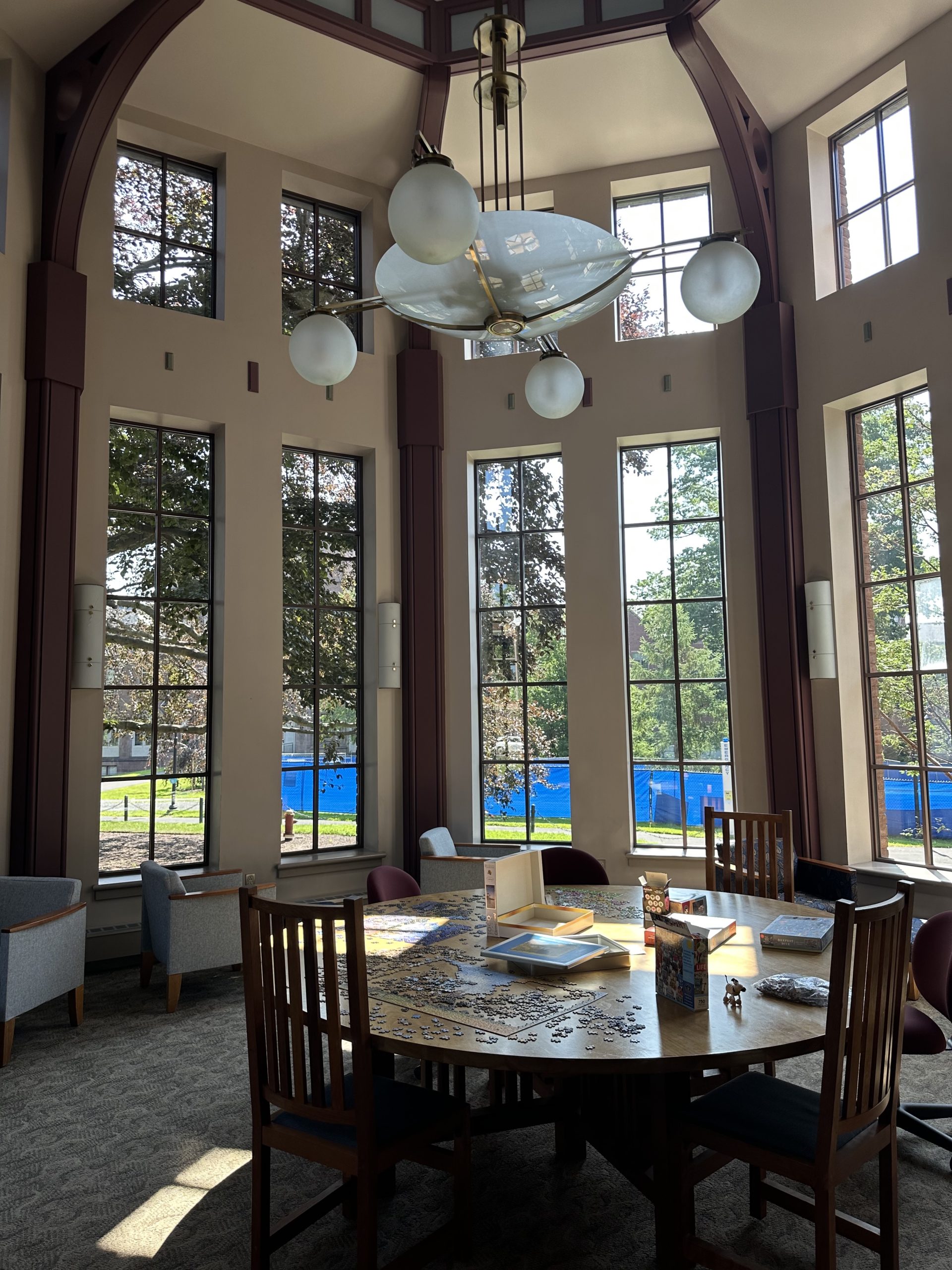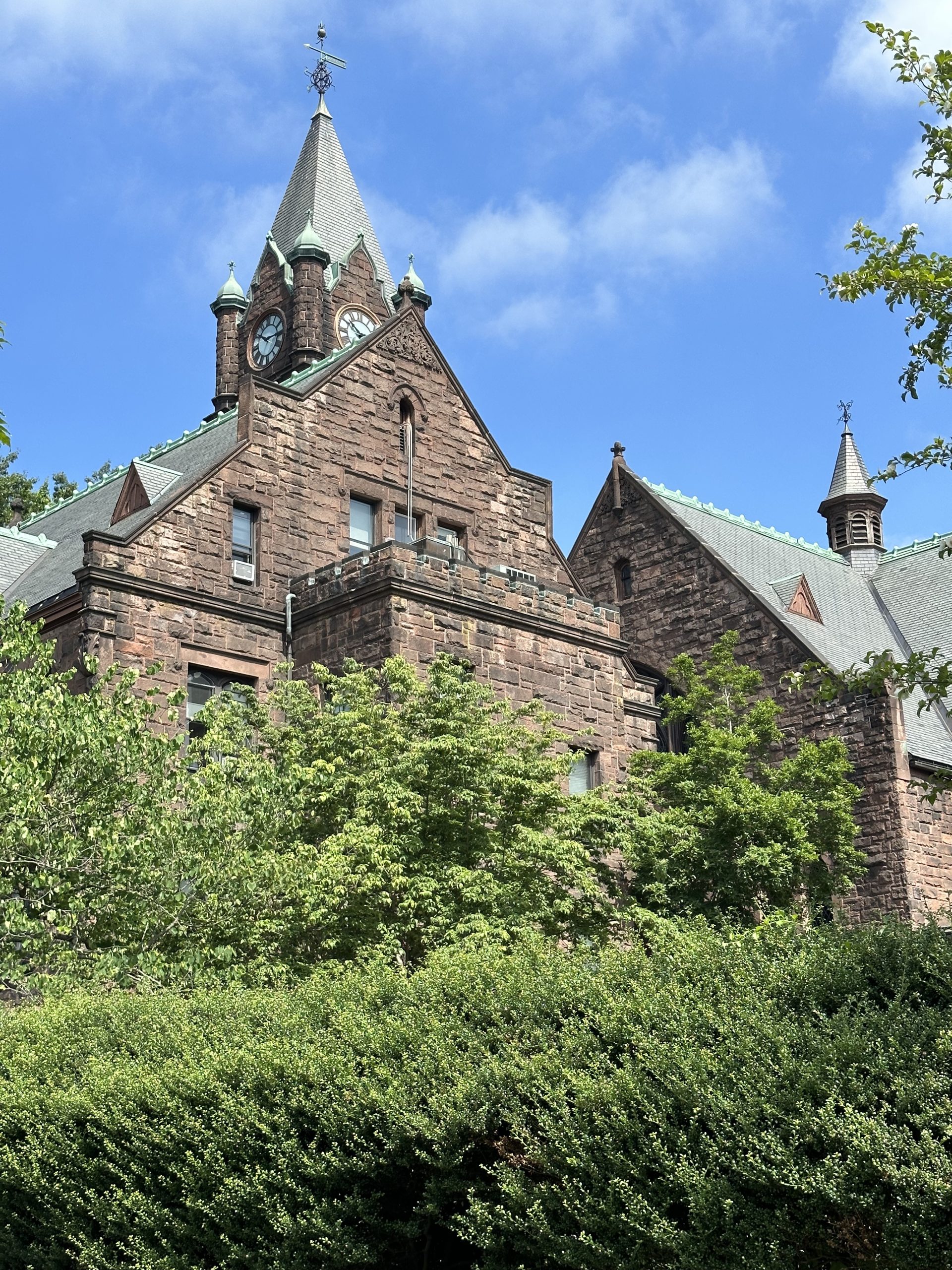Next up is Mount Holyoke and Smith College.
Both are members of the Seven Sisters, a group of women’s liberal arts colleges established as counterparts for the eight Ivy League research universities back when they only admitted men.
The seven sisters include: Radcliffe, now absorbed into Harvard University, Vassar, now a co-ed, Mount Holyoke, the first and oldest, Wellesley, the most competitive, Smith, Barnard, still affiliated with Columbia University, and Bryn Mawr, once affiliated with Princeton University. I paid Mount Holyoke a visit and went to a creative writing program at Smith, where one of my favorite writers Sylvia Plath graduated from.
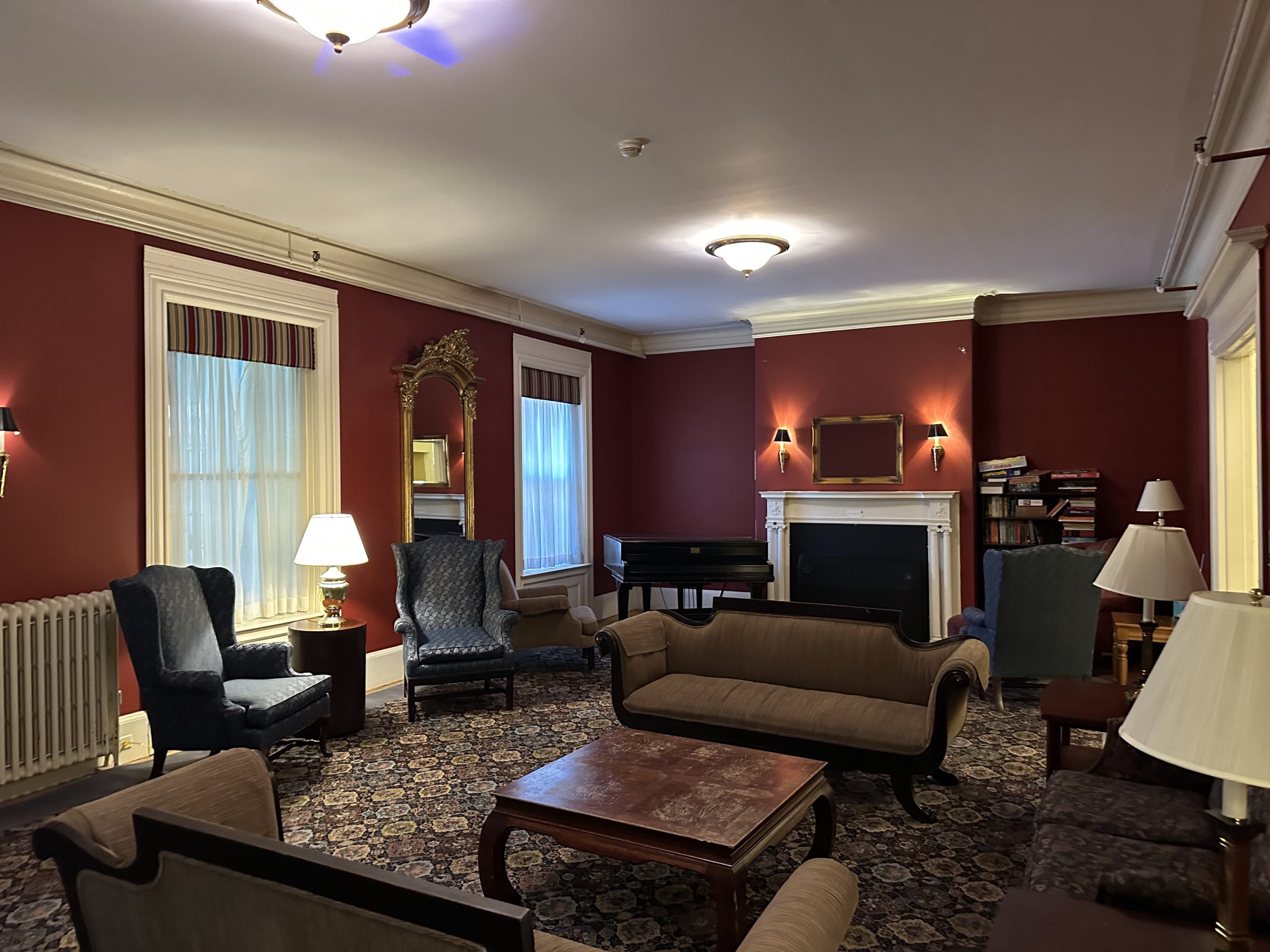
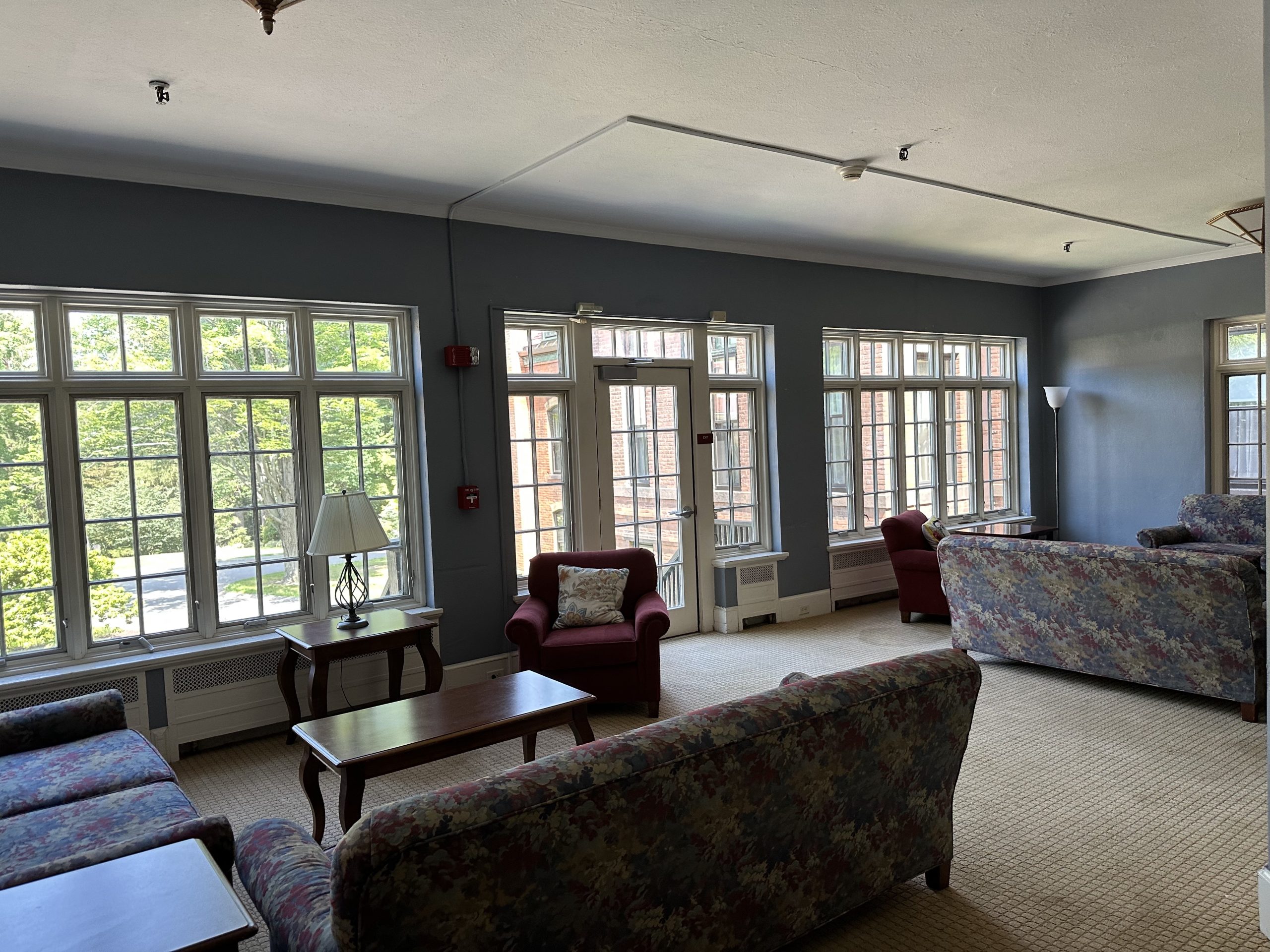
Mount Holyoke is one of the most beautiful schools I have ever seen. Each building is freshly renovated without losing its old gothic charm. The campus is very similar to Hogwarts from the Harry Potter movies, with added steeples and wood flower patterns on windows. The interiors include statues and art pieces commissioned in the 19th century. My favorite part is the coordination of departments and their theme. For example, the science building has neuron paintings on the floor and stairwells shaped like chemical compounds. The dorms are an antique dream. The first floor includes a common room filled with old portraits, grand pianos, and historical furniture. Windows run from floor to ceiling. Just imagine reading and socializing there.
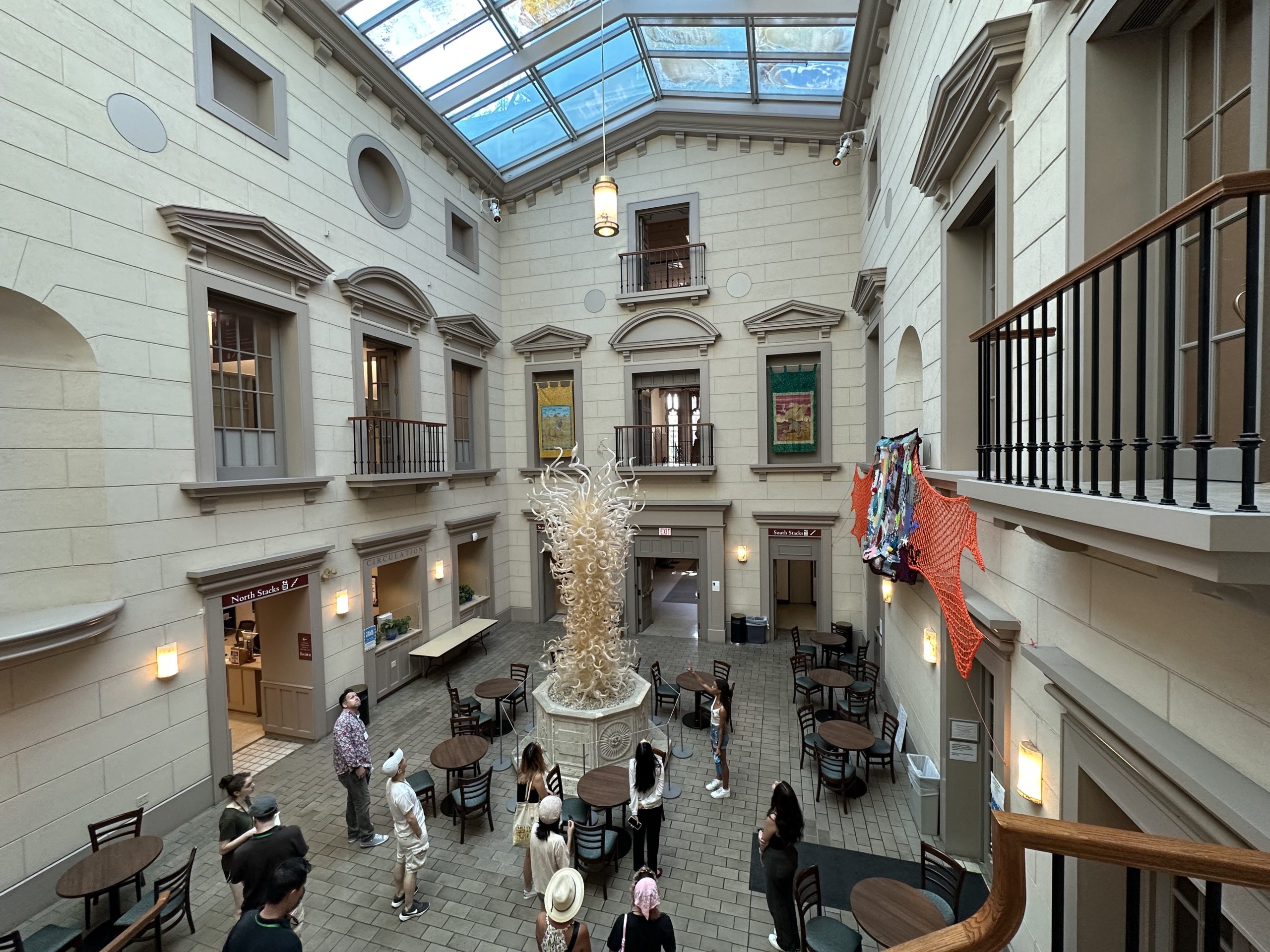
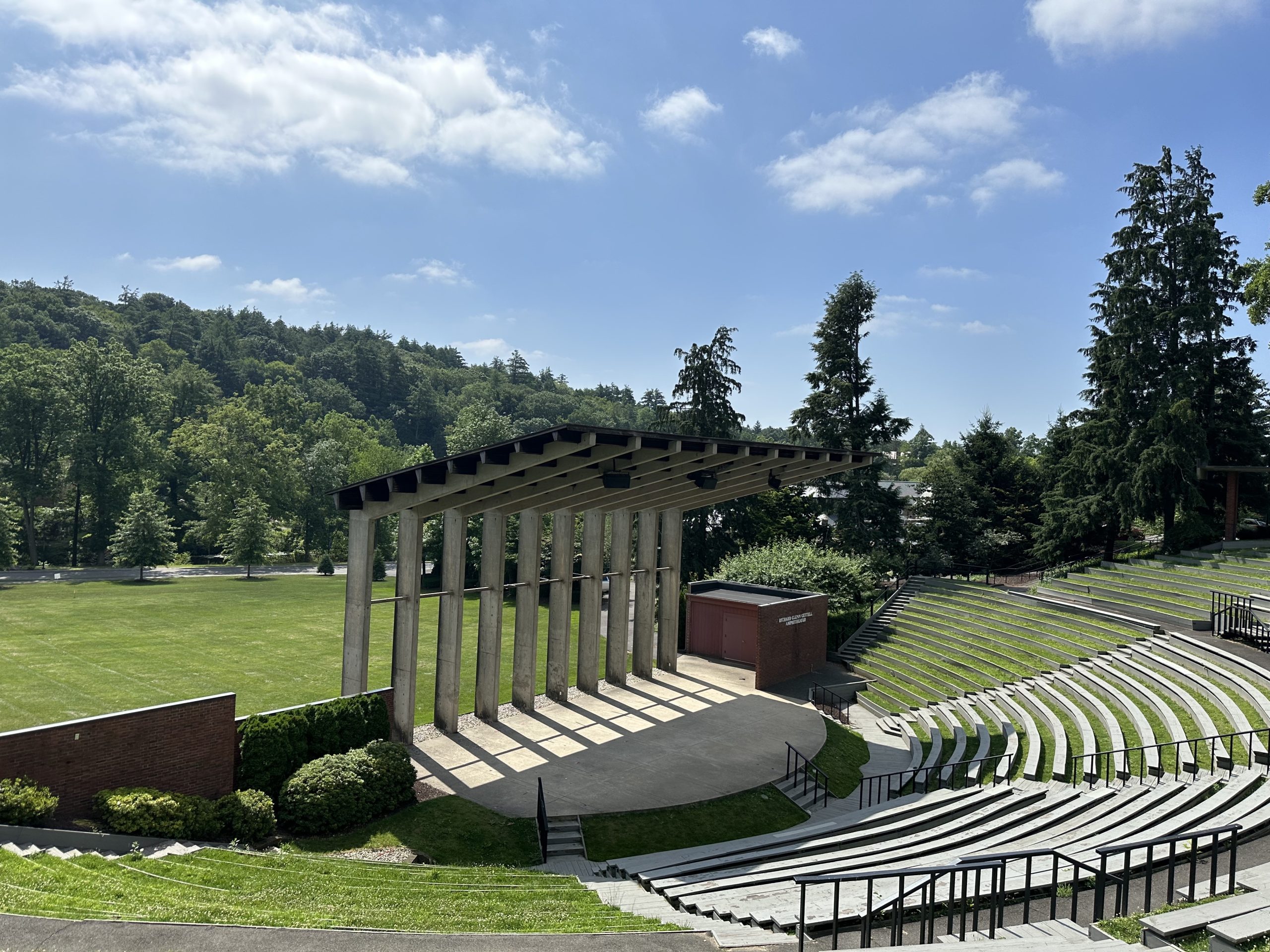
Mount Holyoke’s founder imagined the school to be an “oasis for learning”. Professors want to engage with students and vice versa. It is one of the first schools to support first-generation, low-income, queer students and to have a high number of the student body with these labels. The rest are often international students and legacy. Aside from being gender-diverse and equity-focused, Mount Holyoke loves tradition. If your grandmother attended, your mother likely attended too, and you’ll want to attend. Your father probably teaches there, too. It is also incredibly collaborative. Students form a tight-knit community and support each other with strength and boldness. A few notable alumni include poet Emily Dickenson, Frances Perkins (the first woman to serve in the president’s cabinet), Chloé Zhao (director of Nomadland and the first Asian/Chinese woman to win an Oscar for directing), and a few others.
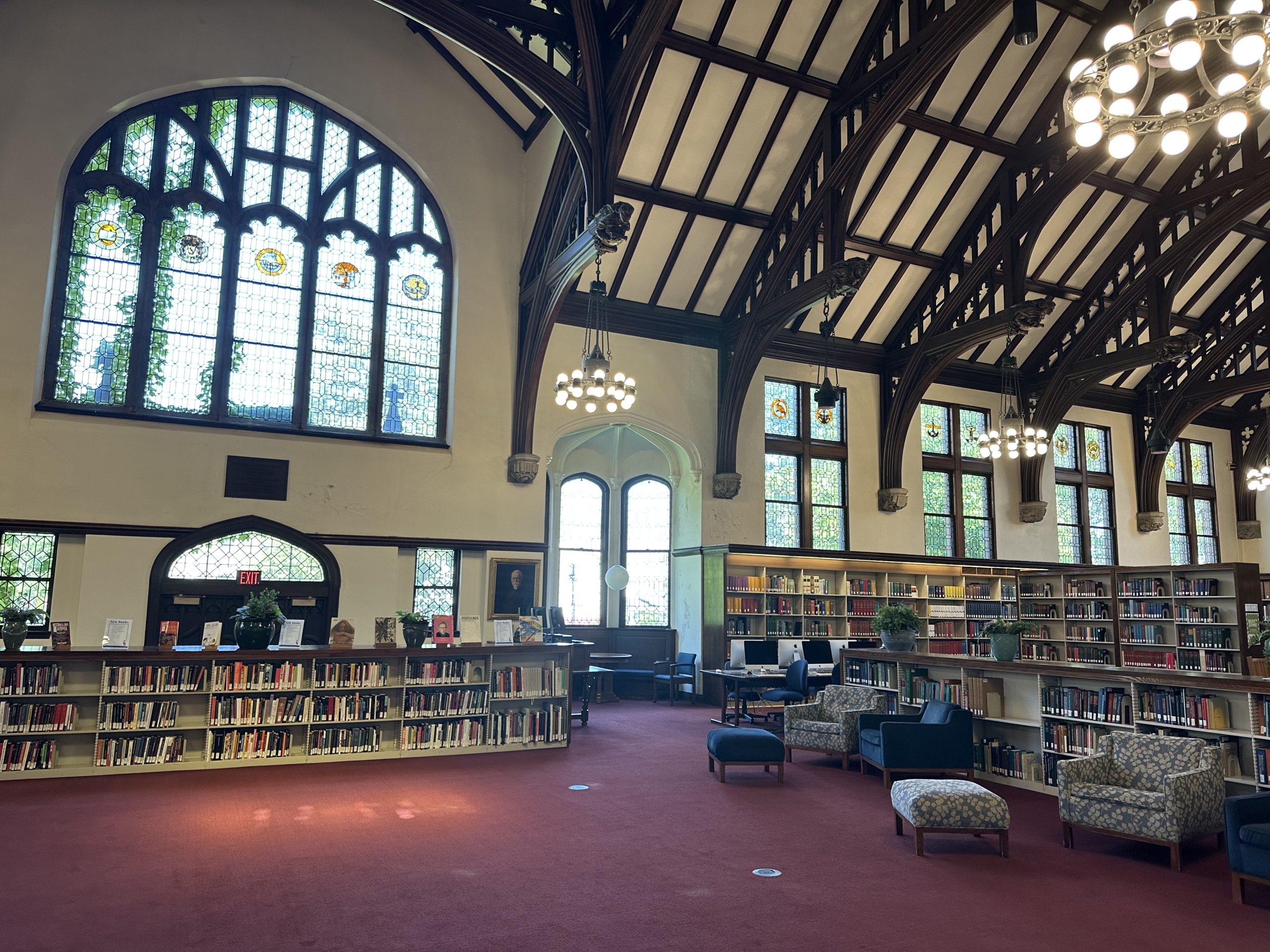
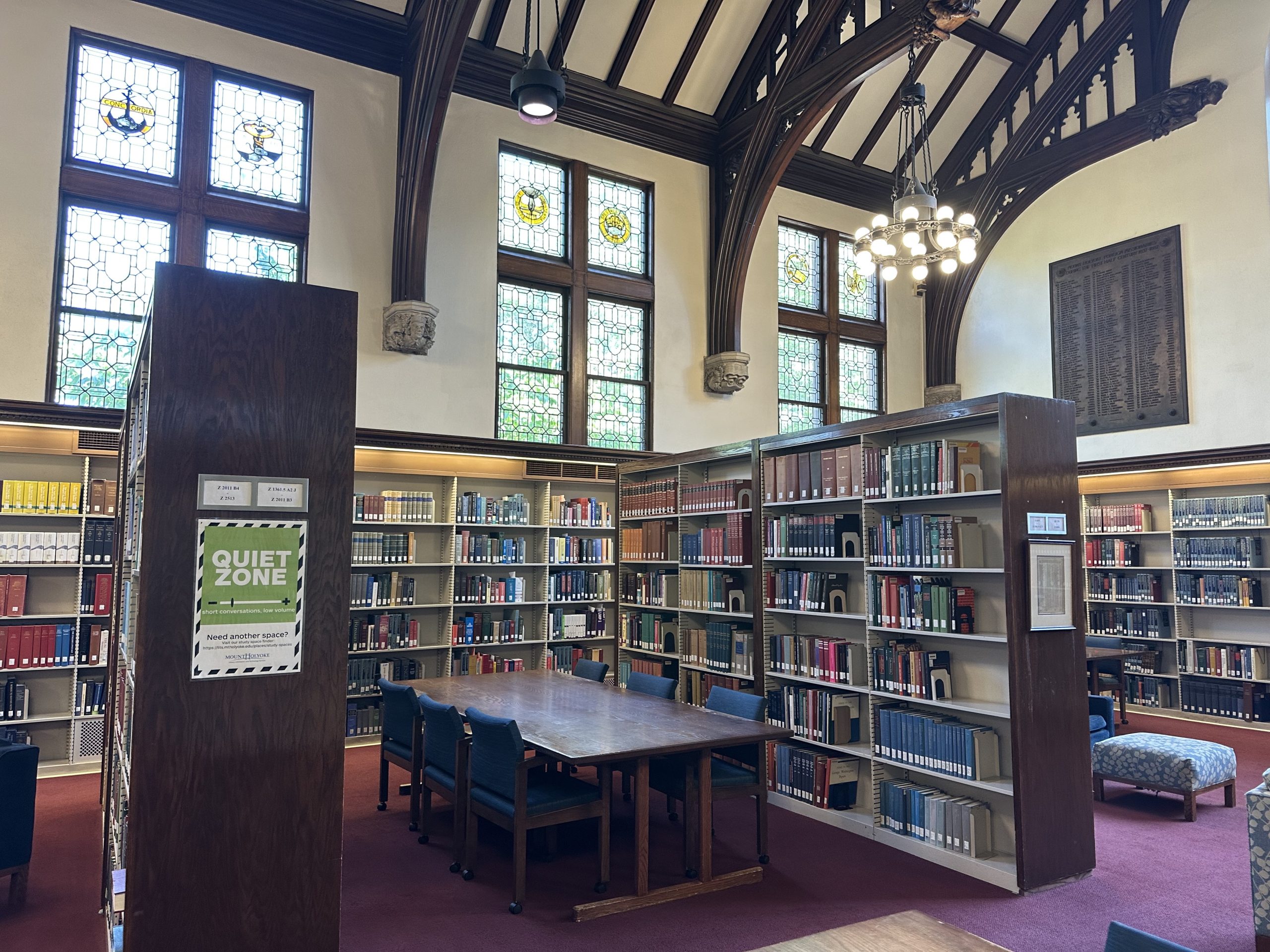
Smith and Mount Holyoke are best friends. Both are members of the five-college consortium with Amherst College, Hampshire College, and the University of Massachusetts. The two all-girls Ivy Leagues share similar values and beliefs, but Smith students are slightly more social, outspoken, and outgoing. Smith also sets itself apart by offering an open curriculum. That means students do not have to fulfill any distributional requirements; they choose any combination of classes they like under the guidance of an academic advisor. That means all students in a class want to be there, and so do the professors. Smith also has its collection of shiny alumnae, from Gloria Stenim to Julia Child. The summer program I attended was magical – I did not meet one professor, teaching assistant, and student I didn’t like. Everyone was open, welcoming, and filled to the brim with good humor. The writers I encountered were talented and high achieving, while the classes themselves were transformational and eye-opening.
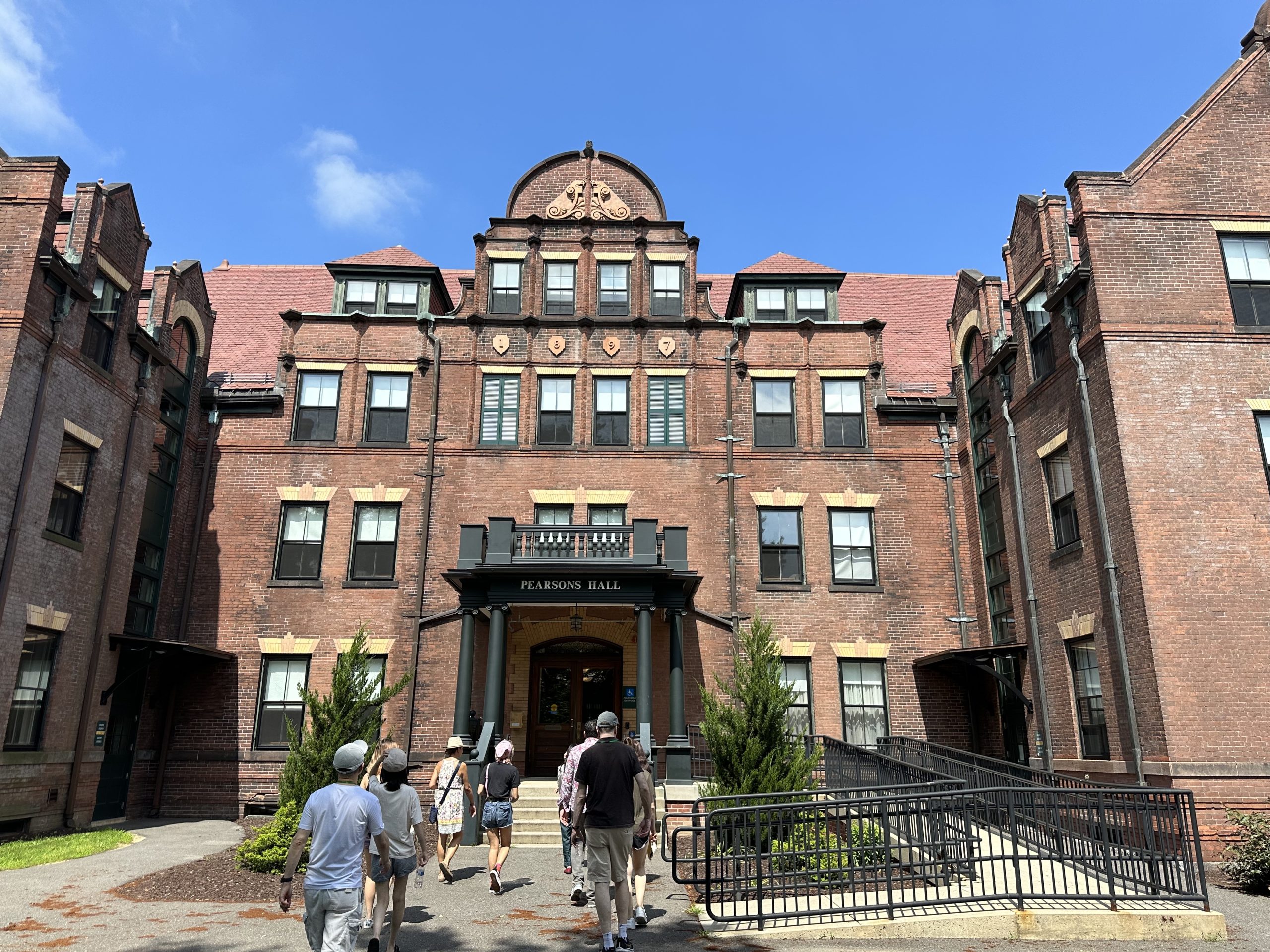
The only disclaimer to make is the social ambiance. Smith and Mount Holyoke are very liberal, queer-friendly and emphasize political correctness on sensitive issues. “Taking down the patriarchy” is often a mantra used by many guest speakers. Social justice and equity threads are big topics. If that makes you uncomfortable in any form, then perhaps Mount Holyoke and Smith aren’t for you.
